Scuba enthusiasts discover new pink handfish habitat inside 1883 Tasman Peninsula shipwreck
Deep beneath the waves off the Tasman Peninsula lies a century-old shipwreck containing a hoard of living treasure. WATCH THE VIDEO.
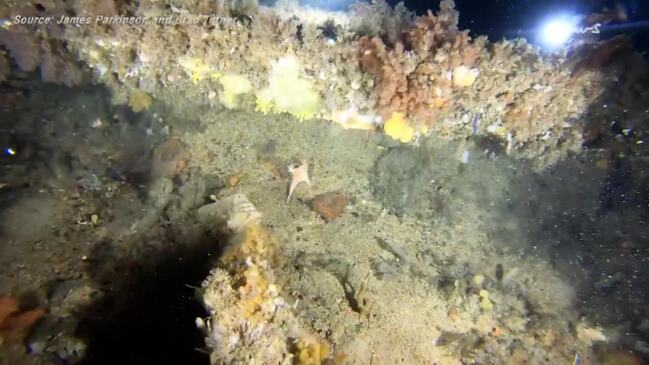
News
Don't miss out on the headlines from News. Followed categories will be added to My News.
Deep beneath the waves off the Tasman Peninsula lies a century-old shipwreck that contains a hoard of living treasure.
A team exploring the 1883 wreck of the SS Tasman, which is considered one of the most technically challenging dives in Tasmania, were recently shocked to come face-to-face with the endangered pink handfish.
The wondrous discovery has given Tasmanian scientists hope that the species may survive the threat posed by warming oceans, by seeking cooler water at depth.
Deep-dive specialists Brad Turner, James Parkinson, and Bob Van Der Velde made the wondrous discovery while on a trip to commemorate the 140th anniversary of the ill-fated steamship's sinking.
Since then, the adventurous trio has returned several times to the dive site, which lies in 70m of water, to capture more footage of the endemic Tasmanian species listed as endangered under the state’s Threatened Species Protection Act.
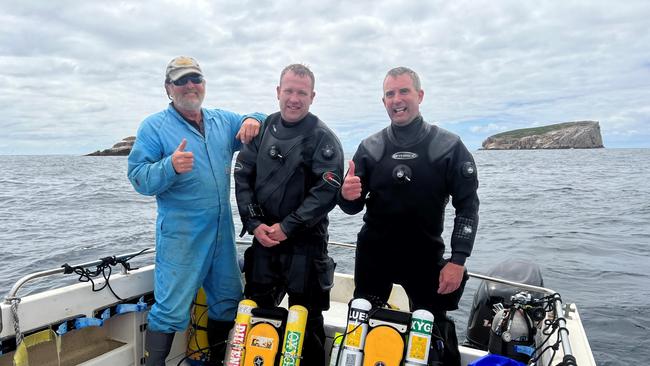
Mr Turner said he believed his team’s stunning images were the first taken by members of the public of the species in its natural habitat.
“We were there to explore the wreck, but the handfish stole the show,” he said.
“It took me a moment to realise what we were seeing, but the tell-tale sign was the unique way the fish used its pectoral fins like hands to move around the seafloor.
“There was a fair bit of excitement when we returned to the dive site and spotted a second pink handfish, just 10m from the first.”
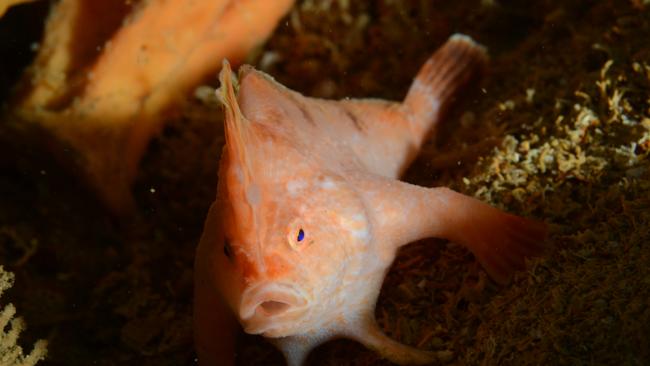
Antarctic and Marine Studies (IMAS) Associate Professor Neville Barrett described the team’s discovery as both remarkable and valuable, saying their photos offered potential evidence that the species had become more widespread than originally thought.
Assoc Prof Barrett said that in 2021, an IMAS crew using a remote operated underwater vehicle made the first sighting of the first pink handfish in more than 25 years, during an exploration of deep water in the Tasman Fracture Marine Park.
Since then, the species has also been seen at depth within the Huon Marine Park off Bruny Island.
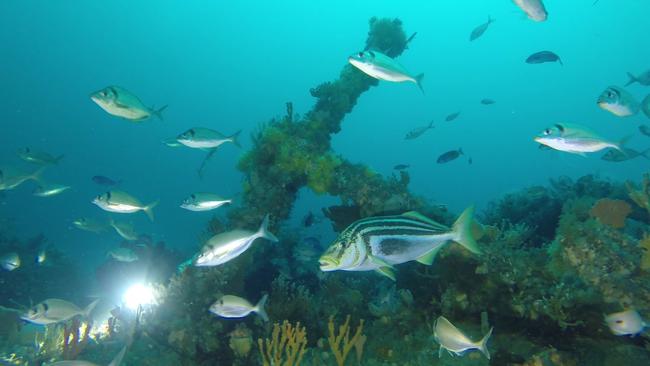
But Assoc Prof Barrett said the crew’s experience of diving alongside the species at such depths was unprecedented.
“These are the first people to see the pink handfish with their own eyeballs, rather than using a camera system,” he said.
“Seeing their images was a great moment.
“There seems to be building evidence that maybe there’s more pink handfish than we originally thought, and perhaps they are down in deeper water than they historically might have been.
“It gives us hope that the pink handfish have some deeper and cooler water refuge from the warming coastal waters that are threatening the existence of many Tasmanian marine species.”
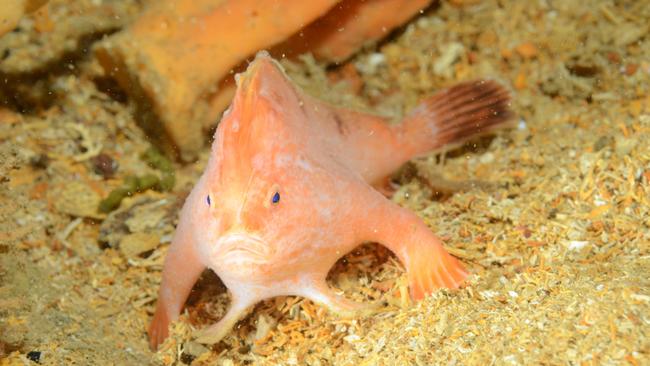
Diver team member James Parkinson said the shipwreck’s depth, combined with strong and unpredictable currents, made the dive a challenging venture.
Mr Parkinson said the team had to wait for perfect conditions, before using custom, helium-based breathing gases to make the 70m descent.
Divers can only remain at the wreck site for 25 minutes, before beginning a 90-minute decompression ascent to the surface.
“Very few divers have the equipment, training or skills to take on this dive,” Mr Parkinson said.
“It requires absolute confidence in your dive team and an unwavering commitment to safety. “If anything isn’t right, we abort the dive.”
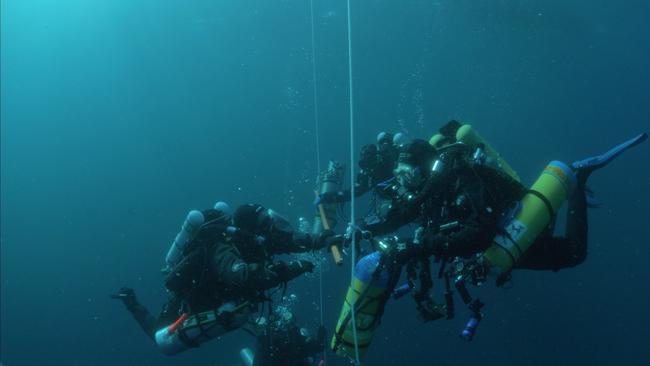
Assoc Prof Barrett said that although the team had essentially been diving as a recreational pursuit, they had nonetheless made a valuable contribution to the scientific understanding of Tasmania’s marine systems.
“It’s wonderful that we can use these new diving technologies,” he said.
“People are doing this on their weekends, and they are providing really valuable insights to science.
“We’ve still got a lot to discover beyond the usual diving depths.”
More Coverage





